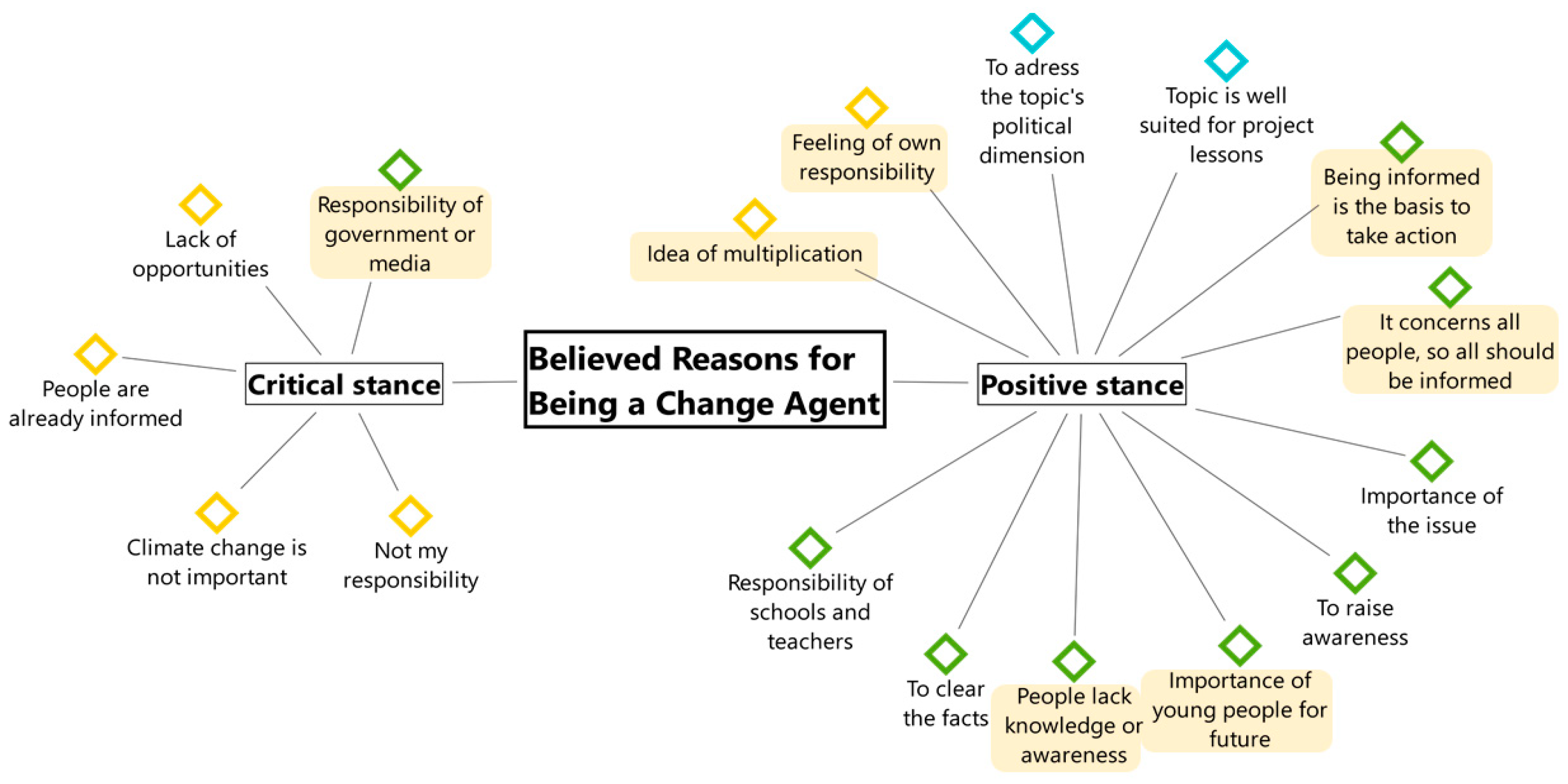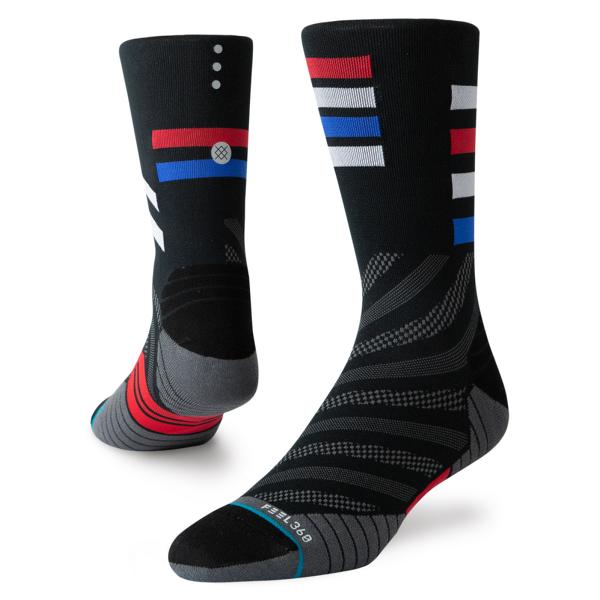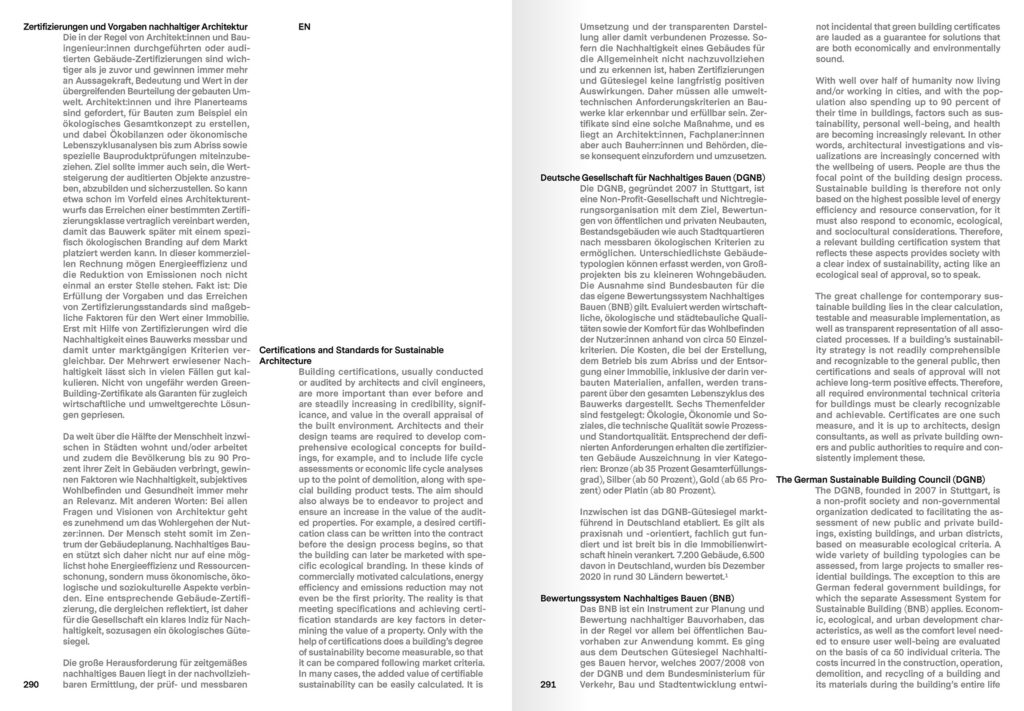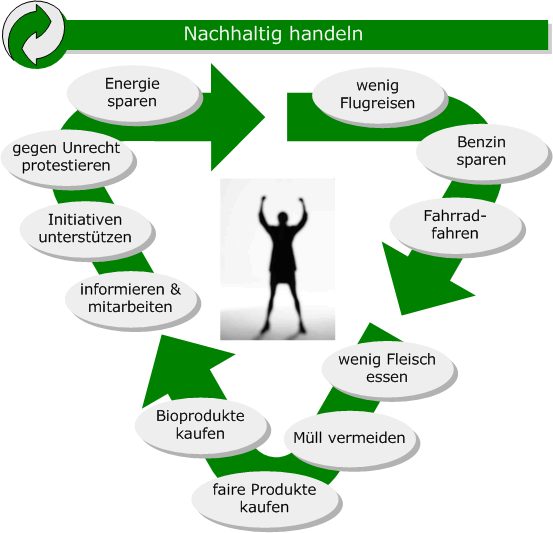
Prevalent contexts of interpretation by stance, across platforms. | Download High-Resolution Scientific Diagram

Amazon.com: Bluefin SUP Inflatable Stand Up Paddle Board | 6” Thick | Kayak Conversion Kit | All Accessories | Multiple Sizes: 10'8, 12', 15' (Junior 8') : Everything Else
Nachhaltiger Umgang mit Wasser im Hausgarten Position und Empfehlungen zur Nationalen Wasserstrategie

Pure Blends Collaborates with Sustainability Organisations - vegconomist - the vegan business magazine














